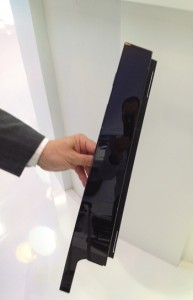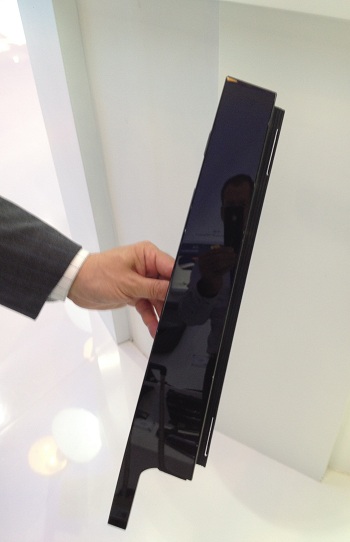The use of styrenic resins in automotive interiors remains widespread in Europe due to its excellent paintability according to Styrolution (Ludwigshafen), a leading supplier of such materials.

It’s adhesive bonding to thermoplastic polyurethanes is another plus when used in high quality vehicle interiors according to Tetsuo Kobayashi, Senior Manager, Automotive at Styrolution Southeast Asia (Singapore).
Variations such as ABS/PA for its sound deadening properties and solid feel, and ASA for its weatherability will ensure that styrenics will continue to remain a material of choice in automotive according to Kobayashi. “Luxury vehicles use as much as 3 kg of ASA alone,” he notes. “Moreover, typically we are also seeing 5 kg of high-heat ABS going in as well,” he adds.
Typical applications for styrenics include mirrors, front grilles, wheel covers, head rest inserts, roof consoles and pillars. Styrolution’s high heat ABS resins derive their performance via two formulation strategies. “We can either alloy with PC up to 30% content or use up to 50% AMSAN,” says Kobayashi. AMSAN is the acronym for alpha methyl styrene acrylonitrile.
Styrolution also continues to work on the challenge of creating color compounds that are true piano black in appearance. The supplier’s approach employs SAN resin and Kobayashi says, “Although we’re not perfect we are getting close.”
An alternative resin is acrylic but Kobayashi says there are issues with its scratch resistance. In fact the company’s Luran HH 120 modified SAN grade recently replaced acrylic resin in the B-pillar cladding of the Skoda Superb. The main driver in development of piano black colored compounds is cost reduction. Currently, the only means of achieving this color is painting.
Source: www.plasticstoday.com/articles/chinaplas-2013-styrenics-make-stand-automotive-abs-pc-color-compound-20130602a








